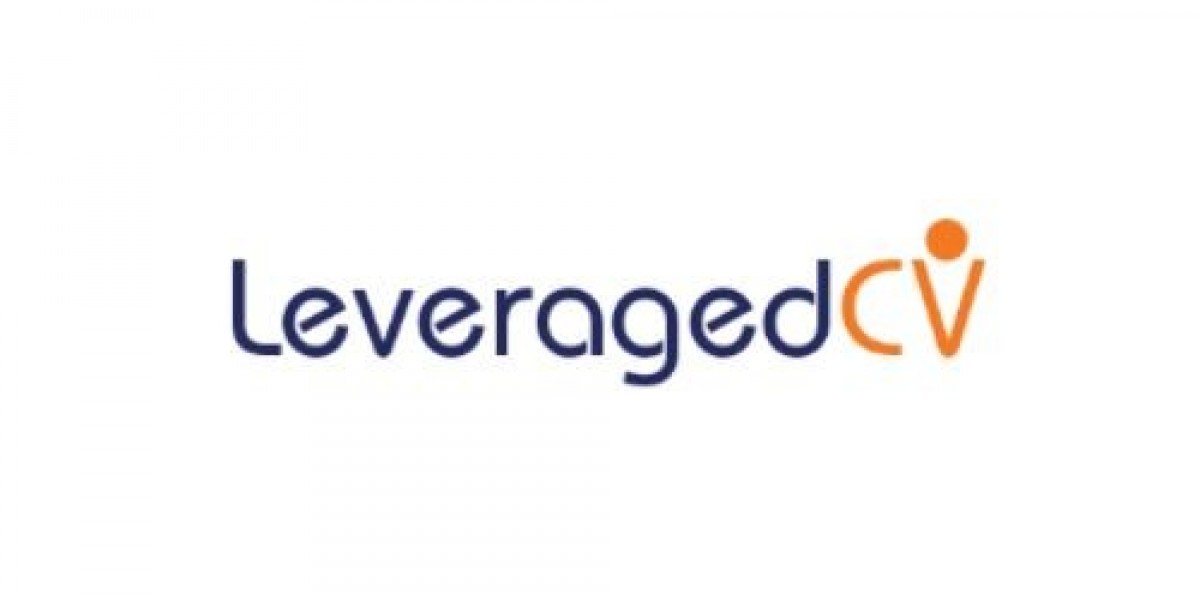Introduction:
CE certification, often referred to as the "CE mark," is a crucial regulatory requirement for products sold within the European Economic Area (EEA). It signifies compliance with essential health, safety, and environmental protection standards. Understanding CE certification is paramount for businesses aiming to market their products in the EEA. In this article, we'll delve into the basics of CE certification, its significance, the process involved, and its impact on businesses.
What is CE Certification?
CE marking indicates conformity with EU legislation and enables the free movement of products within the EEA. It covers various product categories, including electronics, machinery, toys, medical devices, and personal protective equipment. The mark affirms that a product meets essential requirements concerning safety, health, environmental protection, and consumer protection.
Significance of CE Certification:
- Market Access: CE marking grants access to the lucrative European market, comprising over 500 million consumers.
- Legal Compliance: It ensures products adhere to EU regulations, fostering consumer confidence and safety.
- Competitive Advantage: CE certification enhances product credibility and competitiveness in the marketplace.
- Risk Mitigation: Compliant products are less likely to face legal penalties, recalls, or market restrictions.
Process of Obtaining CE Certification:
- Determine Applicable Directives: Identify the relevant EU directives applicable to your product category.
- Assess Conformity: Conduct conformity assessment procedures, which may involve self-assessment, testing, or third-party certification.
- Compile Technical Documentation: Prepare comprehensive technical documentation demonstrating compliance with essential requirements.
- Affix CE Mark: Upon successful assessment, affix the CE mark on the product, packaging, or accompanying documentation.
- Declaration of Conformity: Issue a Declaration of Conformity, declaring that the product meets all applicable requirements.
Impact on Businesses:
- Regulatory Compliance Costs: Obtaining ce certification incurs expenses related to testing, documentation, and compliance procedures.
- Market Expansion Opportunities: CE certification facilitates market entry into the EEA, expanding business opportunities and revenue potential.
- Brand Reputation: Demonstrating compliance enhances brand reputation, instilling trust and confidence among consumers.
- Global Market Access: CE marking is recognized globally, simplifying market access beyond the EEA.
Conclusion:
CE certification is a cornerstone of product compliance and market access within the European Economic Area. Understanding its significance, the certification process, and its impact on businesses is essential for manufacturers, exporters, and distributors aiming to navigate the European market successfully. By adhering to CE requirements, businesses can ensure product safety, regulatory compliance, and sustained market competitiveness in the dynamic landscape of the EEA.


